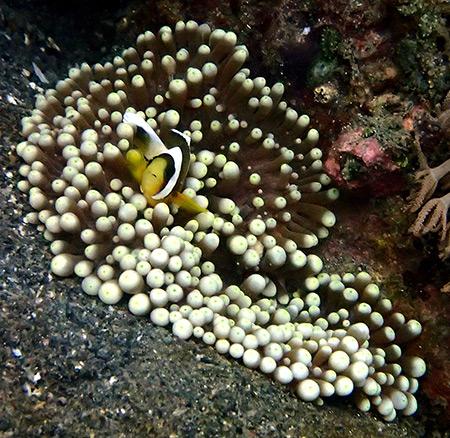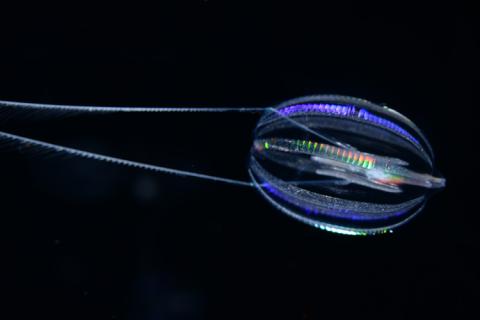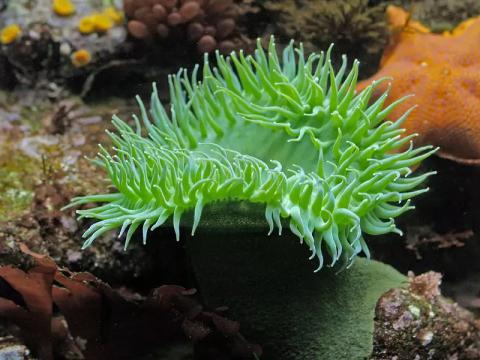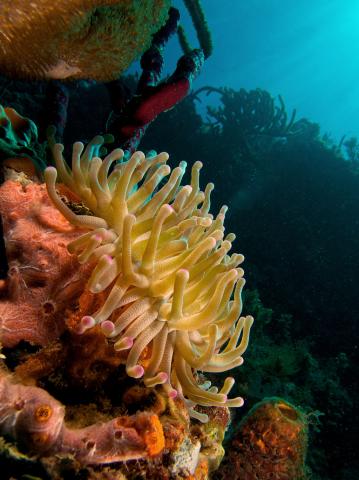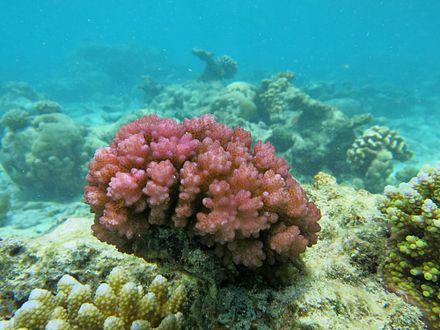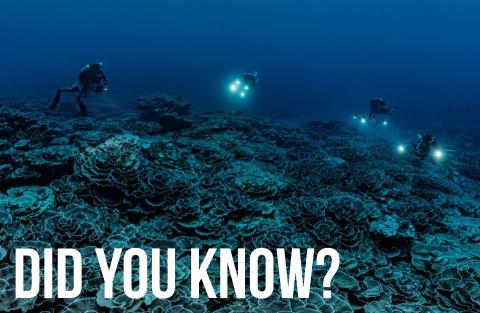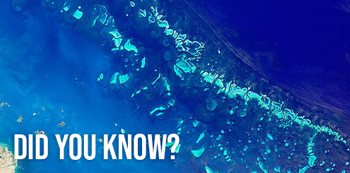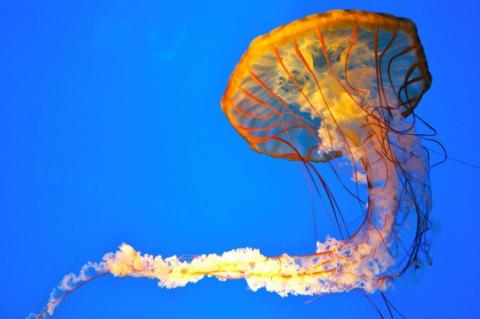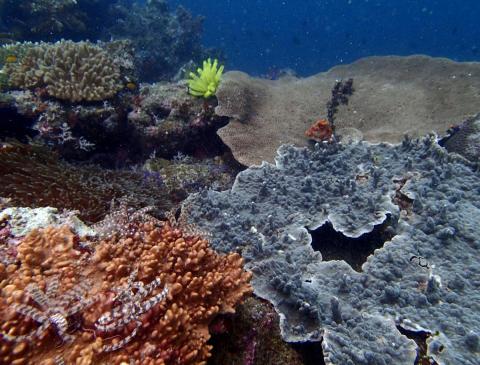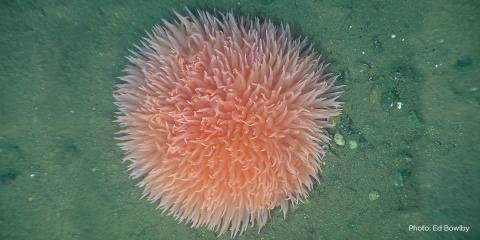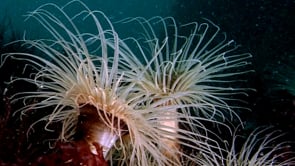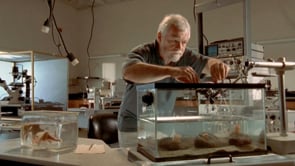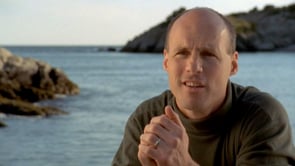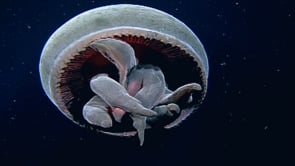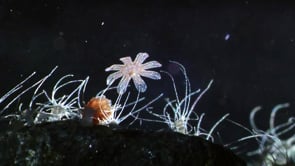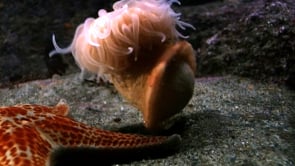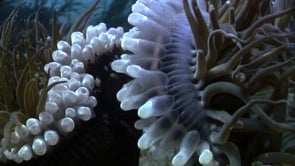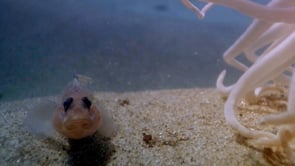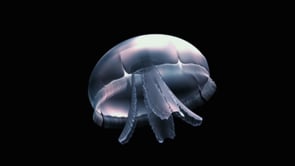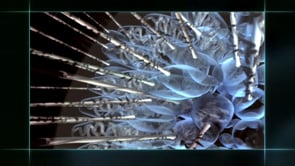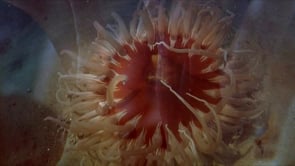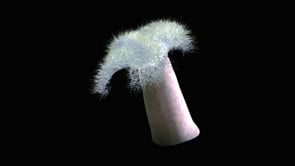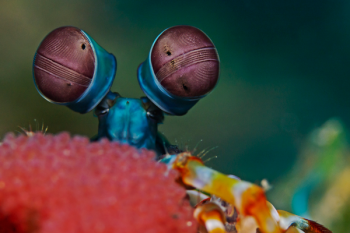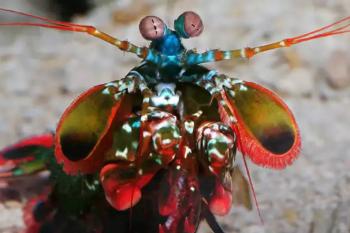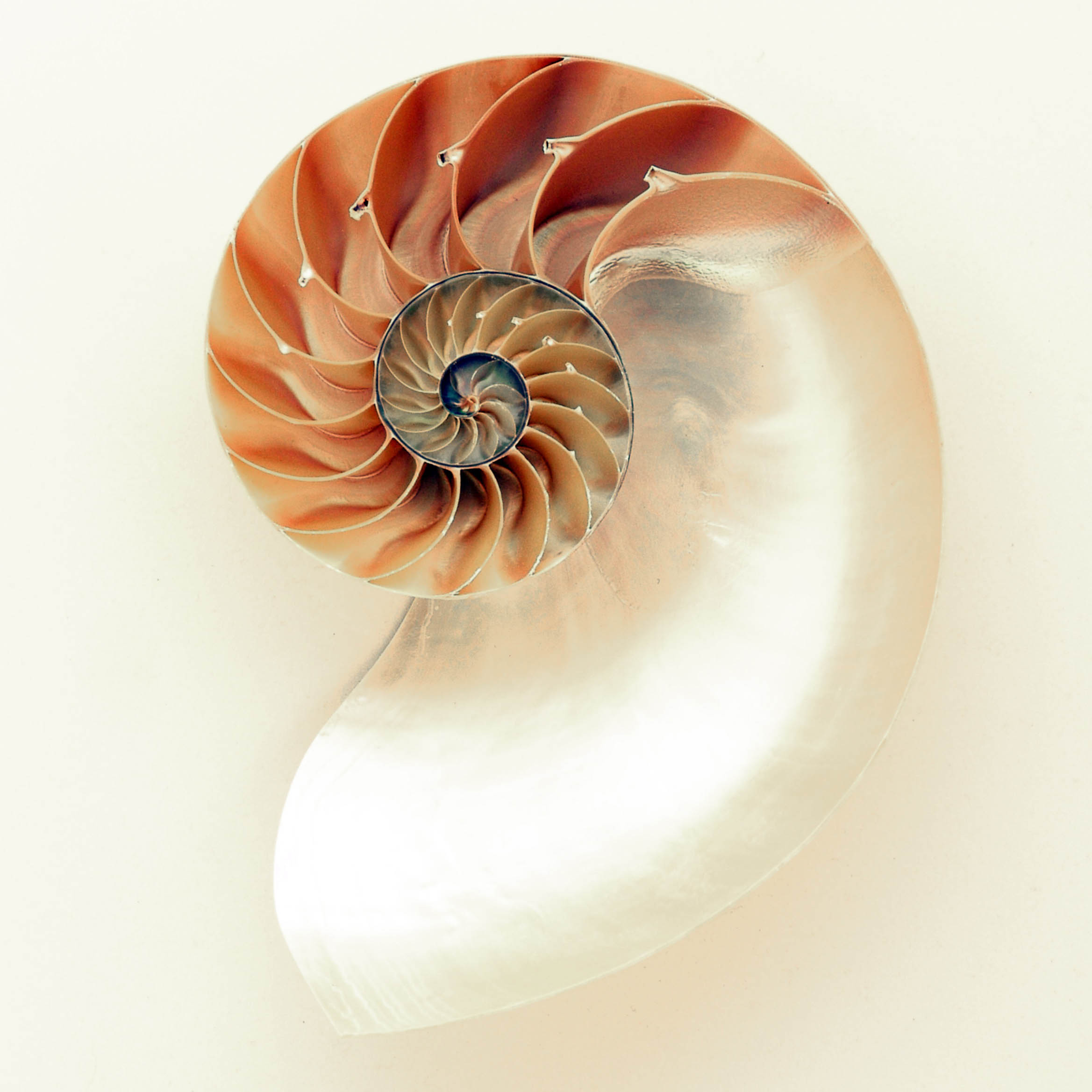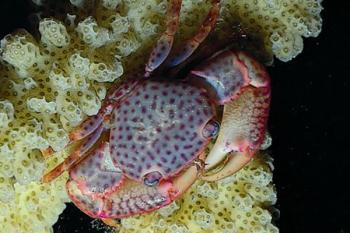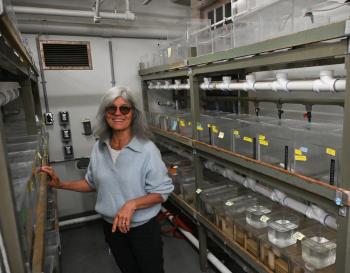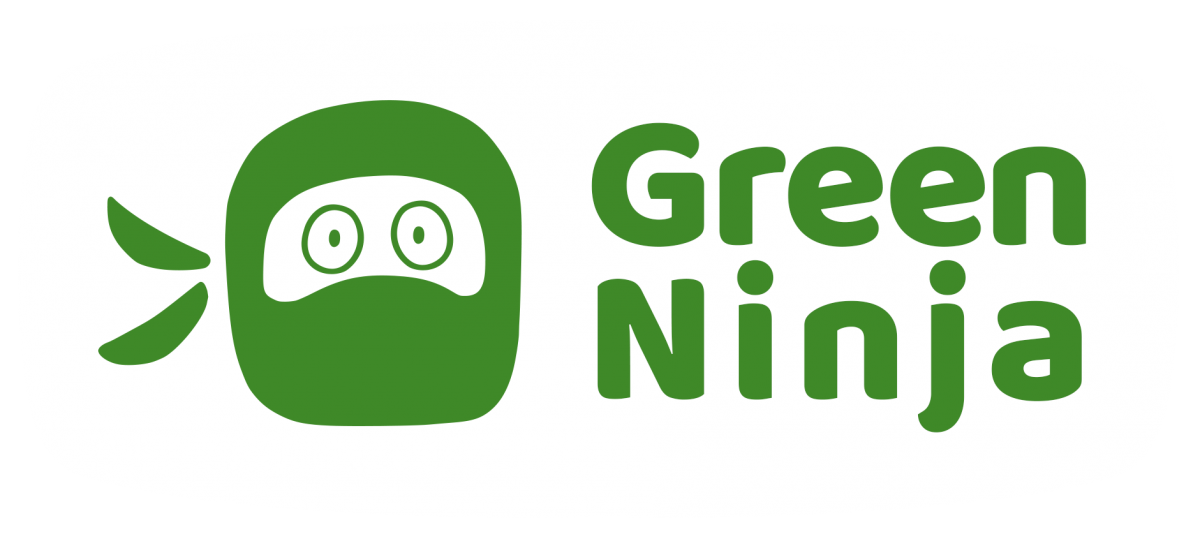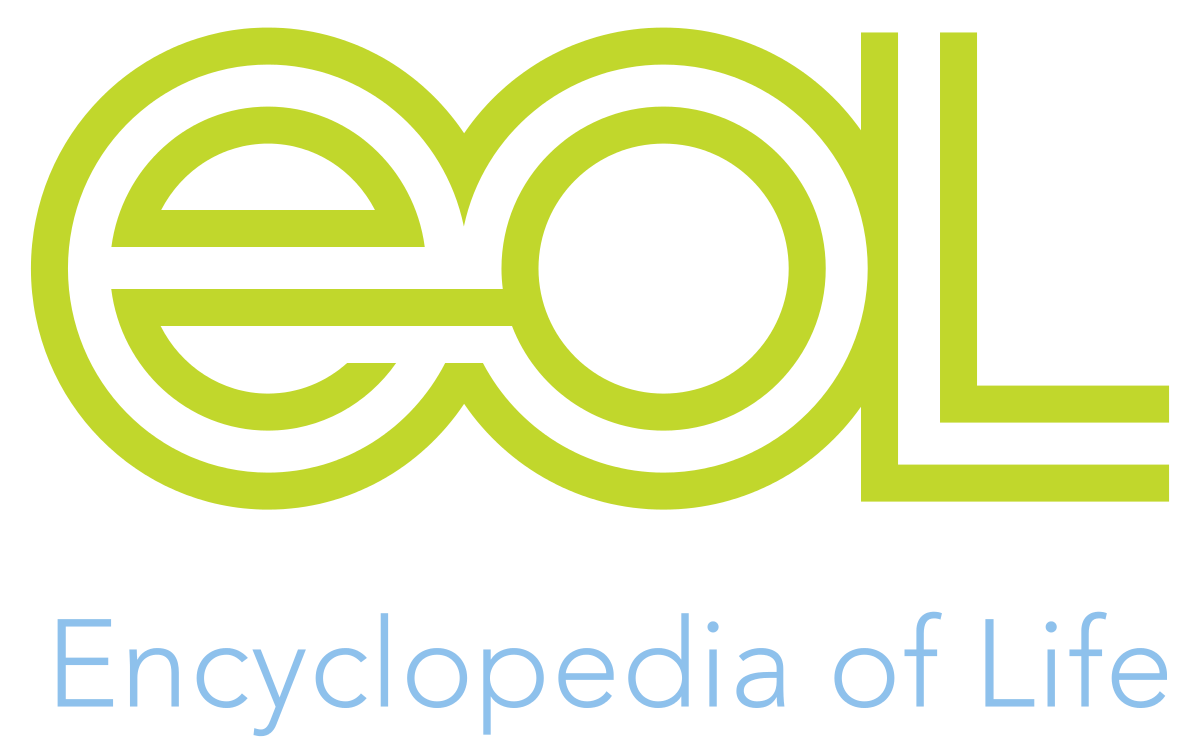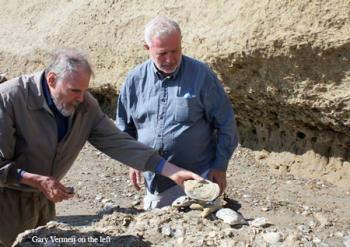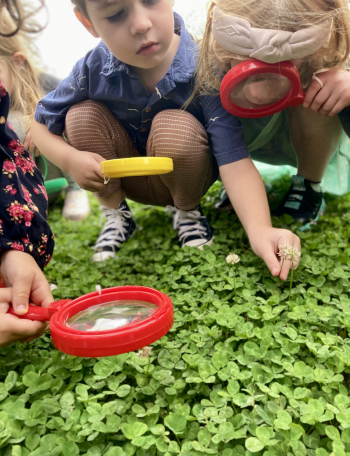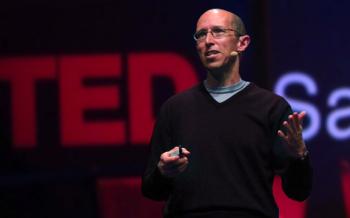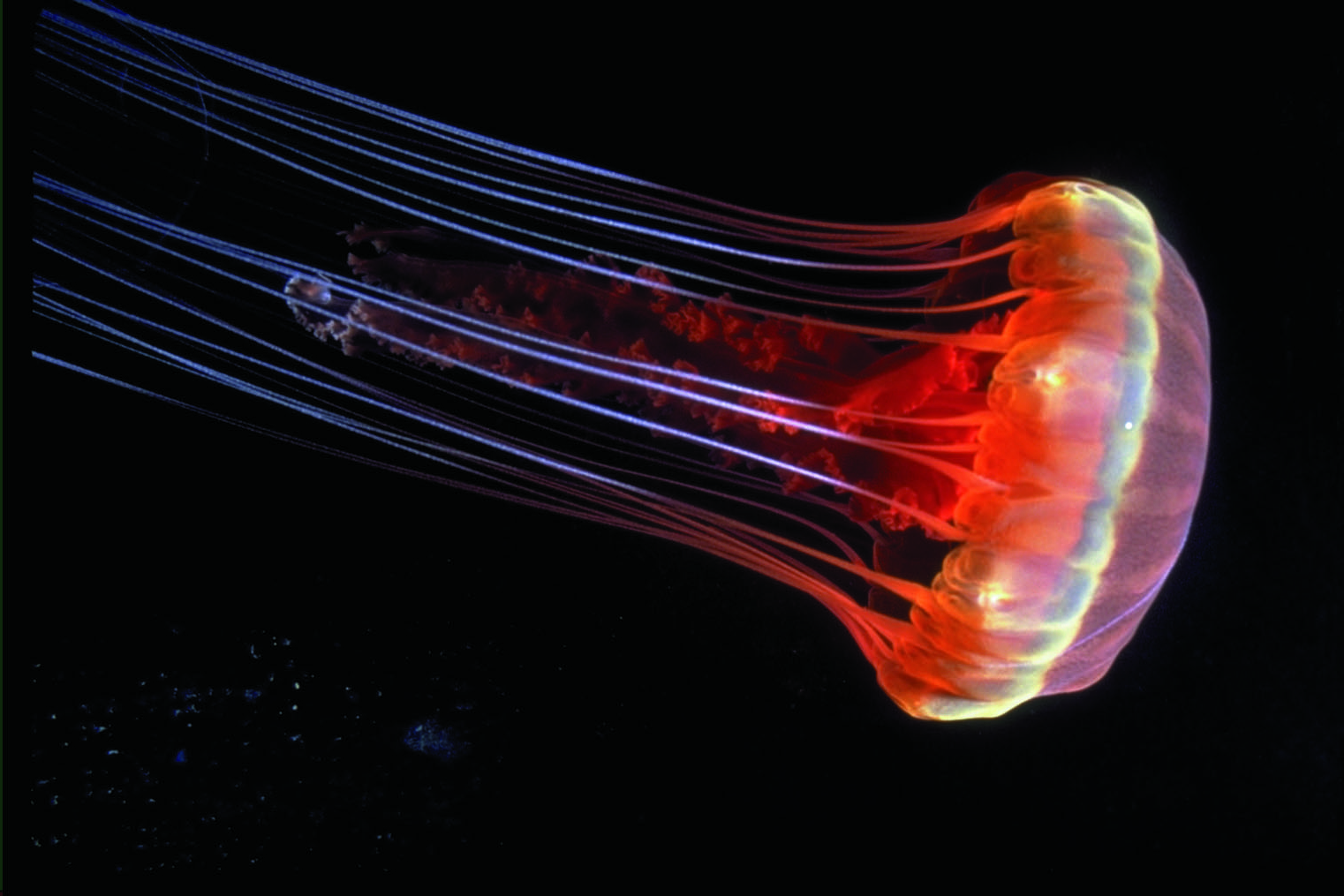

Phyla
Cnidarians
Associated Shape of Life Content
The Symbiotic Relationships of Anemones
Symbiosis is any type of a close and long-term biological relationship or interaction between two organisms of different species. Some anemones have these relationships.
Cnidarian Adaptations
Students explore the origins of muscles, nerves, and animal adaptions through of study of the fascinating phylum Cnidaria.
Cnidarians: Life on the Move Questions
There are three separate lessons based on Questions.
- A list of questions about the characteristics of cnidarians to use after viewing the video Cnidarians:Life on the Move.
- A Shape of Life: Cnidarians worksheet. Students make sketches and write short answers to questions about the amazing world of cnidarians. This was created by Rachel Miller from Science from Scratch.
- A Powerpoint with questions to use while watching the video Cnidarians: Life on the Move.
Cnidarians: The Polyp and Medusa, Life on the Move
Millions of years ago, unlikely pioneers sparked a revolution. Cnidarians set animal life in motion. So much of what we take for granted today began with Cnidarians.
Cnidarians: The Polyp and Medusa
Scientists think that cnidarians were the first animals to have muscles and nerves to produce behavior.
Cnidarians and Role in Ecosystem
Anemones provide homes for many kinds of animals; perhaps the most well-known are clownfish also called anemone fish (remember Nemo?) on tropical reefs. Read about the relationship between sea anemones and clownfish: Anemone and Clownfish and from Tree of Life: "An Exploration of the Clownfish." This relationship is called mutualism where both organisms benefit from the relationship.
Cnidarians and Human Interaction
Almost everyone knows that coral reef ecosystems host a rich diversity of life. Read about the importance of coral reefs to people.
Cnidarians and Climate Change
Coral bleaching is caused by higher ocean temperatures, which starve the coral reefs of their main food source, the symbiotic algae that live in their tissues
General Information about Cnidarians
Read THE POLY AND THE MEDUSA Life on the Move the Cnidaria chapter from the Shape of Life book.
Cnidarians' Paleontology
Cnidarians are soft-bodied, except for the calcium carbonate skeletons of corals, so fossils are rare. The oldest corals lived in the Cambrian and there are some fossils from that period.
In some places scientists have even found trace fossils – impressions of jellies.
Hope For Coral Reefs
Worldwide coral reefs are suffering from the impacts of climate change. Around the world researchers are pioneering ways to protect and restore coral reefs that have already bleached. Between these efforts and the amazing capacity for corals to adapt to healthier environments, there seems to be some hope.
Corals can be attached to reefs piece by piece with cement, zip ties, and nails. (Photo: Reef Resilience Network)
Where Science Inspires Art Creating Wonderous Figures
Look carefully at these images.
They almost look real. But they are actually astounding glass marine creatures created by the father and son artists/naturalists Leopold and Rudolf Blaschka. Every time I look at one I am awe struck by the extreme detail. How could they have done this?
Coral Microbiome
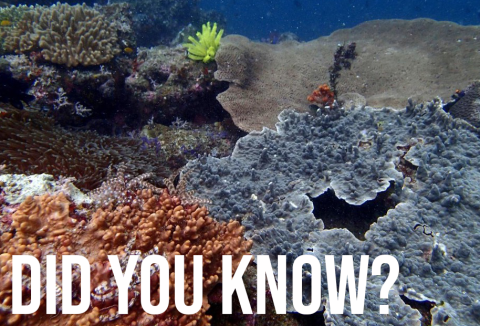
Jelly Fish: A Bloomin’ Problem?
In places around the world there are so many jellies in the sea that fishing nets and nuclear reactors become clogged with gelatinous blobs that also cover beaches and freak out tourists.
These are signs of jelly blooms – when huge numbers of jellies, often in the millions, appear seemingly out of nowhere. There’s a perception that there are more jellies and jelly blooms in the ocean now. But, is that true?
Comb Jelly (Ctenophore)
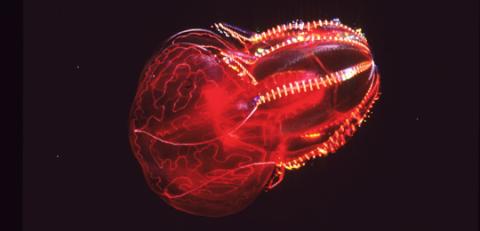
Anemone
